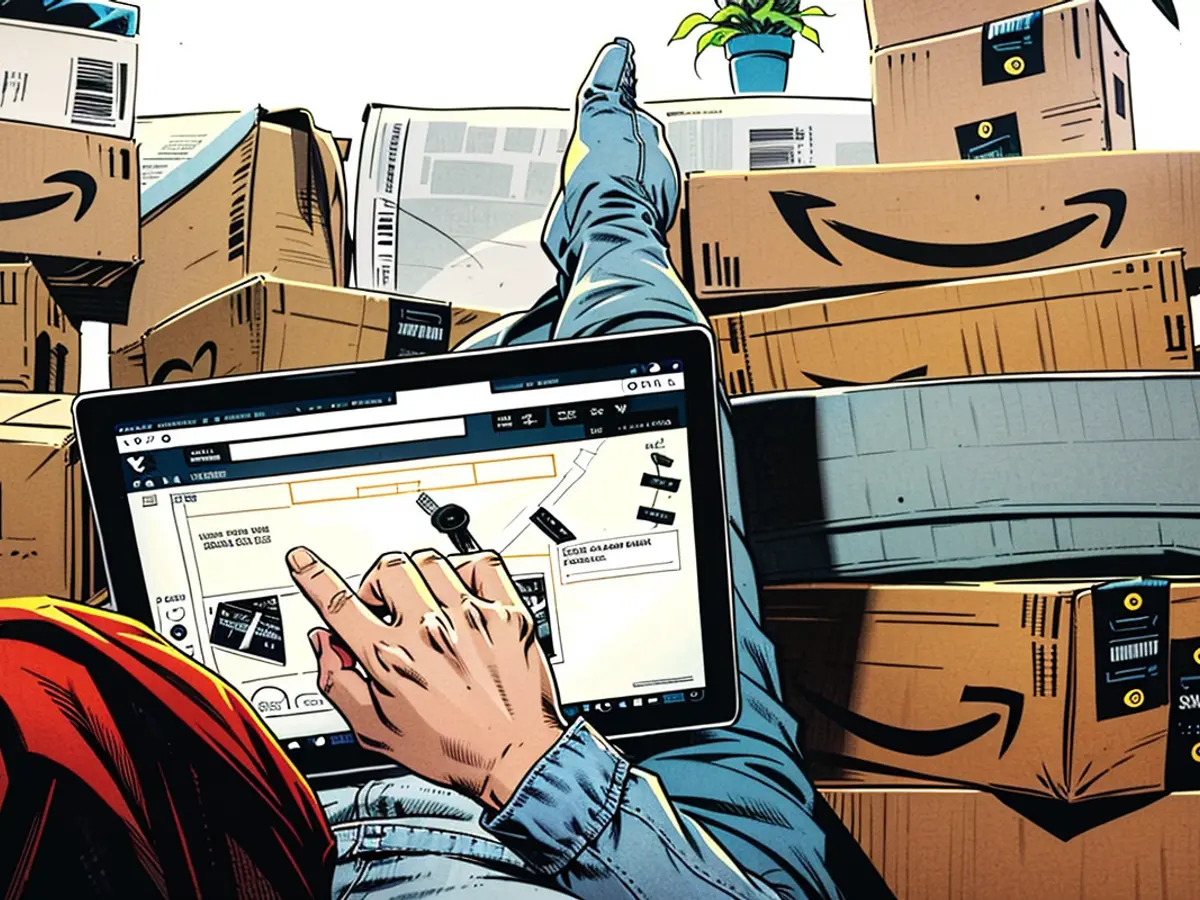Learning to Monitor Prices for Amazon Prime Day
Confession time: I'm an impulsive shopper, and I have the piles of electronic gadgets in my closets to prove it. Amazon Prime Day is my Achilles heel - despite being aware of their manipulative tactics, I still end up making impulse purchases from Amazon, like when I was looking up ways to resist impulse buying on the platform. This year, however, I'm planning to take a different approach by setting my own price limits and only buying items that I've already wanted before Prime Day.
How to "set your own prices" on Amazon
While we can't force Amazon to lower prices at our command, we can employ a smart strategy to track prices and buy products when they're within our budget. Here's how:
- Create an Amazon wishlist with the items you want to purchase. Ensure your wishlist is set to "public."
- Visit price-tracking websites like CamelCamelCamel and create a free account. There are several other alternatives, such as Slick Deals, Honey, Keepa, so take a look at our review of the best price-tracking tools.
- Click "import wishlist" and paste the URL from your Amazon wishlist.
- In CamelCamelCamel, adjust the maximum amount you're willing to pay for each item on your wishlist and select when you want to receive an email alert when the price dips to your budget range.
- Reject the urge to buy products on sale during Amazon Prime Day.
- Once you receive an email alerting you to your items being at sale prices that match your budget, go ahead and make your purchase.
- Bask in the satisfaction of not succumbing to the sales urgency and being a smart spender. Resist the temptation to peek at Amazon's website - even for just a moment.
Additional suggestions to control spending
If you want to expand on this basic "time to buy" alert system, here are some more suggestions:
- Block ads: Suppress a significant number of ads with the aid of ad-blocking software or apps. You can refer to our guide on the best ad-blocking options.
- Track your expenses: Write down or use an app to monitor your spending. Seeing how much you spend can increase prudence.
- Save up for something: Saving for a future purchase - a vacation, or an electric surfboard - may encourage you to avoid buying minor items.
- Postpone your purchases: If you delay buying that item for a day or two between having the impulse and making the purchase, you might decide to keep your old one.
- Seek professional help: If your spending is causing financial distress, psychological consequences, or if you suspect you could have compulsive buying disorder, seek the help of a qualified professional.
Read also:
Based on the given text, here are the two sentences using the words 'money' and 'Set Price Alerts for Prime Day':
- To ensure you only buy items during Amazon Prime Day within your budget, you can set maximum prices for each item on your wishlist and use a price-tracking tool like CamelCamelCamel to receive email alerts when the prices drop to your preferred levels.
- Employing a strategy of setting price alerts and buying items only when they're within your budget can empower you to make intelligent purchases during Amazon Prime Day, saving you money in the long run.








